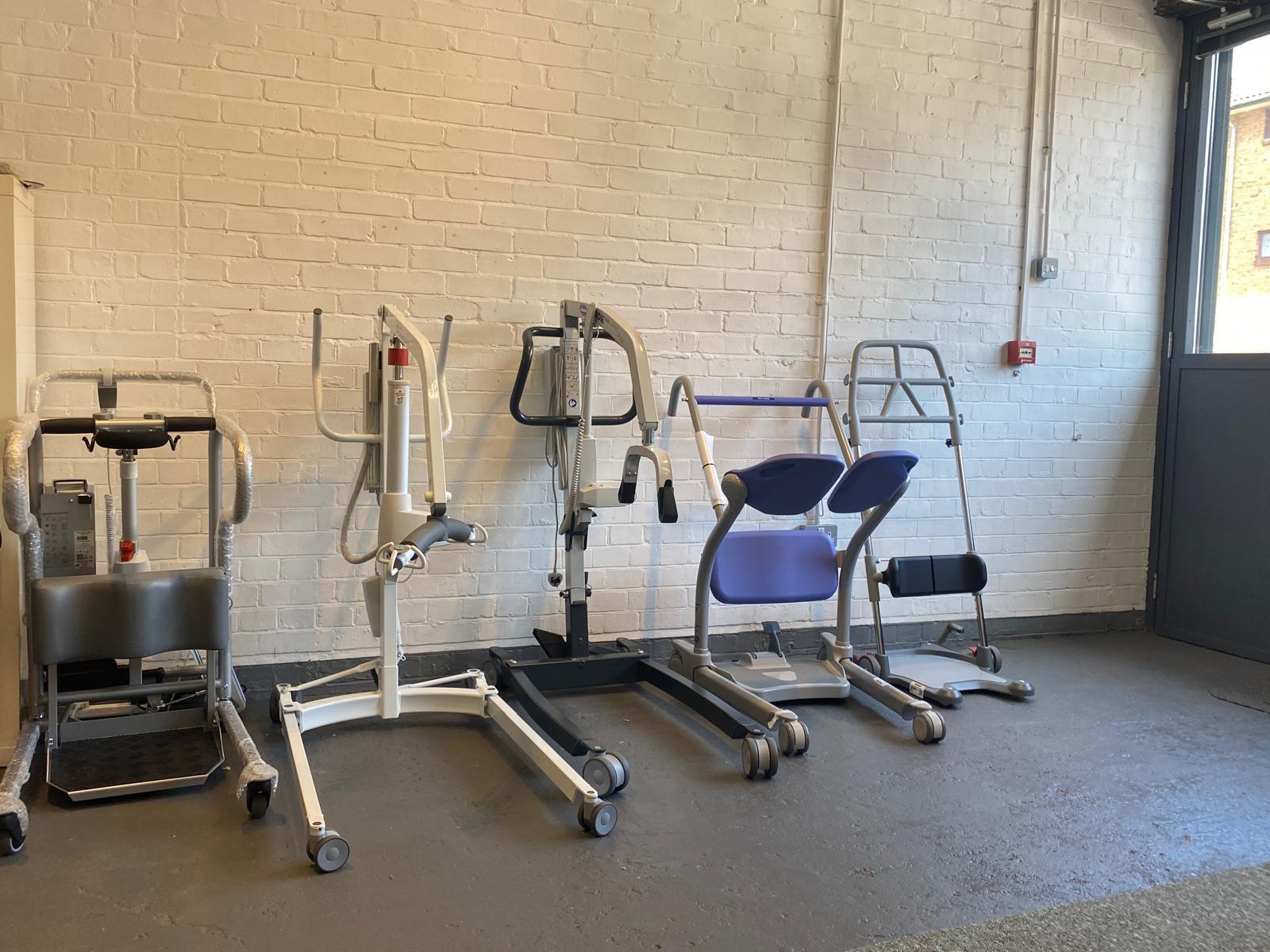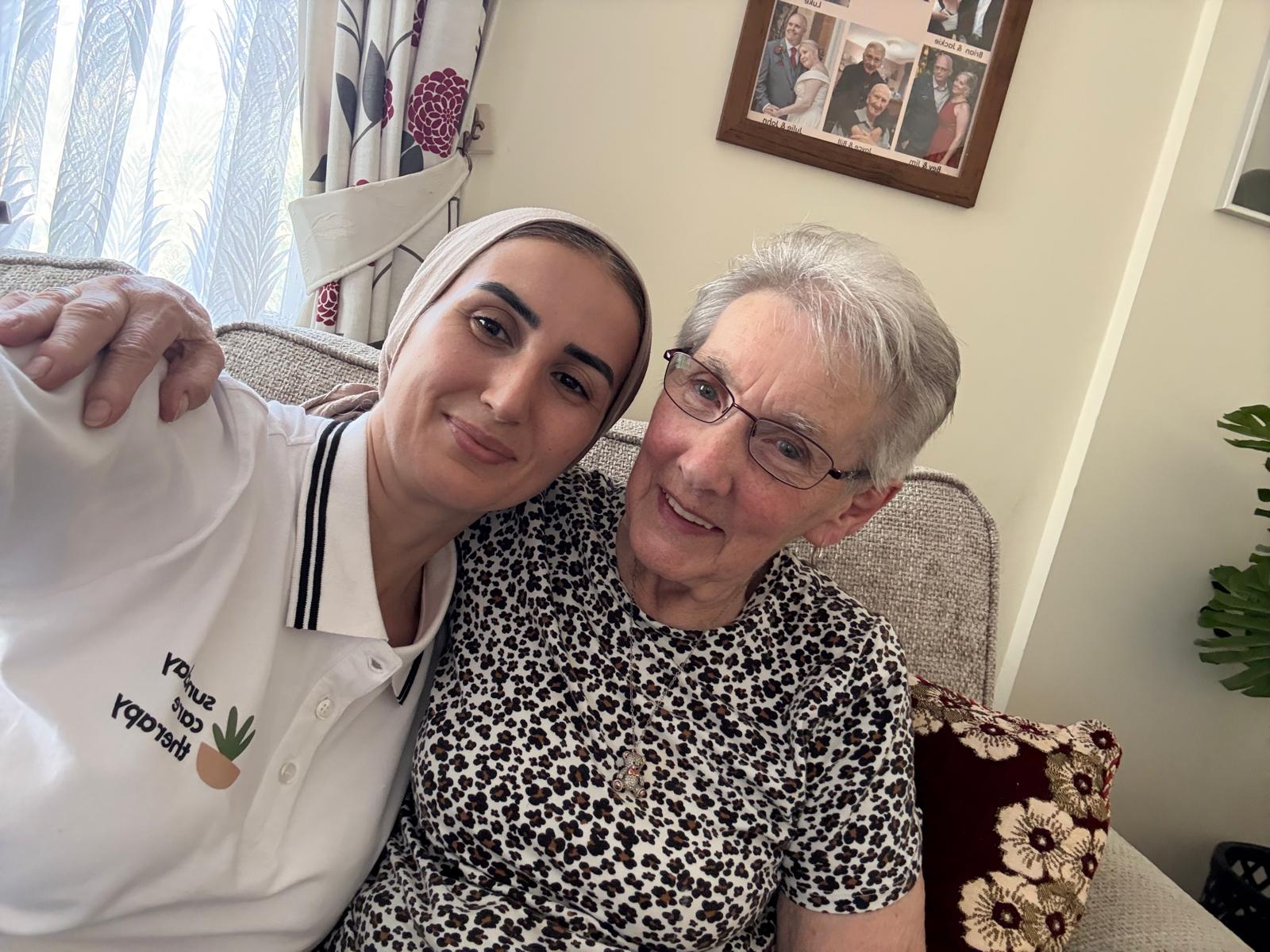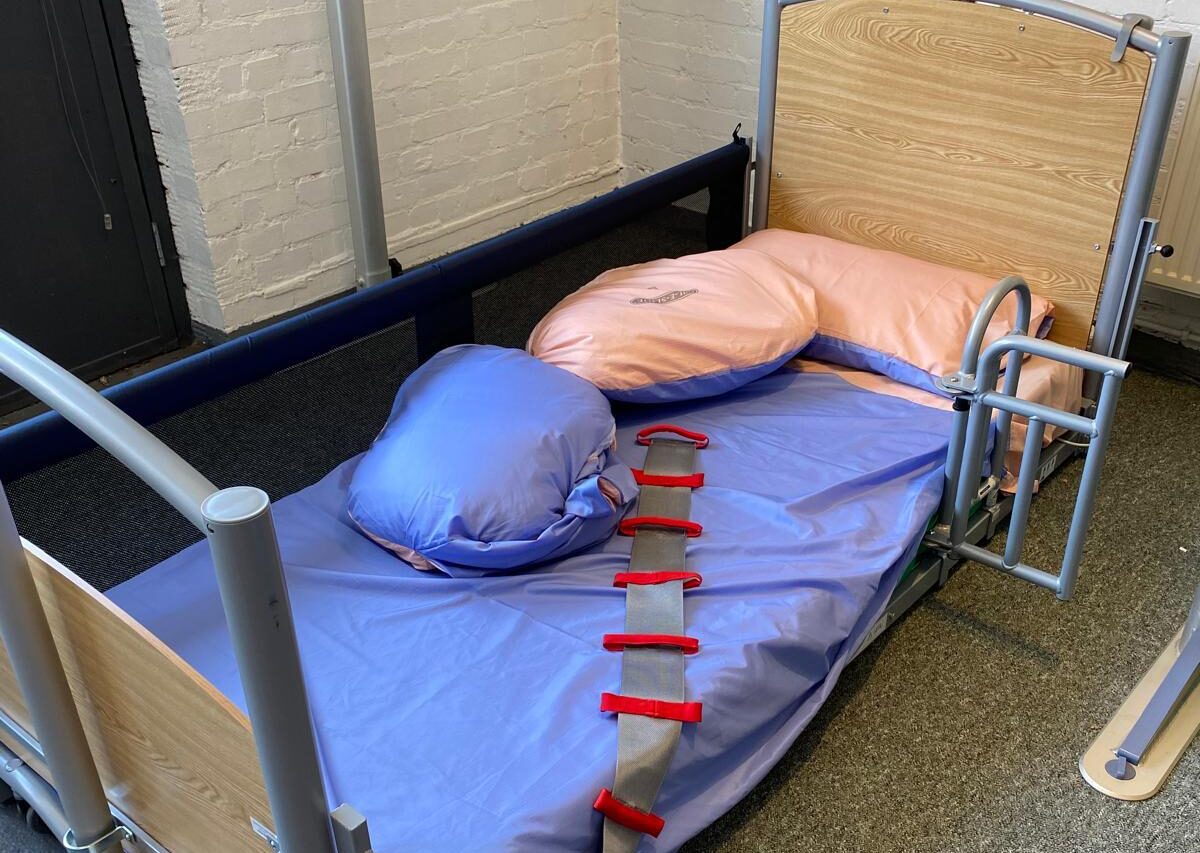
Living and working with people who present with Dementia is a balancing act.
People living with the middle to late stages of Dementia will need support with eating and drinking. As the caregiver, you have to think about how much they’ve eaten or how much they’ve drank. Each and every day you have to ask yourself, has it been enough? Or even too much! – Think continence issues and the tenth cup of tea!
A heathy diet is just as important for someone in middle stages of Dementia as it is for anyone else.
We must recognise the challenges for someone living with Dementia to maintain a healthy diet. As their disease progresses food intake can be effected, from not being able to recognise food on their plate to struggling with verbalising if they are actually hungry or thirsty.
It is very common to see someone living with Dementia rapidly losing weight and disengaging in activities of daily living, such as eating dinner. Research has shown up to 40% of people with Dementia rapidly lose weight (Albanese E Taylor et al, 2013).
People with Dementia can face a number of challenges when sitting down to a meal. A common difficulty faced in middle to late stage Dementia is coordinating eating and drinking. People with Dementia might also struggle to use a knife and fork. Understandably, this can be frustrating and embarrassing for a person with Dementia (Alzheimer’s Society, 2012). Food gets dropped and meal times become messy and tiresome.
By acknowledging and understanding that weight loss and difficulty with eating and drinking is something common for people living with Dementia, we can begin to see what changes we can implement to support our loved ones and clients during difficult times.
First and foremost, we recommend a health check to rule out things like infections or difficulty swallowing. For example, it is not uncommon for someone to have a urinary tract infection and disengage from food and drink.
Once infection and swallow issues are ruled out, next let’s looks at the activity, put on your OT hat and do an activity analysis. Here’s how:
First, look at the environment:
-
Is there enough lighting?
-
Are there contrasting colours for extra visibility?
-
Is the person sitting in a functional position?
-
Are there distractions? Is TV on, is it busy room?
Next, let’s look at individual skills:
-
What is there fine motor control like?
-
Any gross motor control issues?
-
Any communication issues?
-
Any pain present?
-
How is their task initiation, sequencing or termination?
-
Taste! Is taste still intact?
Individuals mental health:
– Is a feeding issue down to anxiety, depression or any other mental health issues?
Cultural & spiritual needs
-
Have they spent their life saying a prayer before dinner?
-
Or washing their hands before dinner?
Once you understand there are many different aspects to look at for engaging in a meal, next lets look at what we can do to support someone with eating as independently as possible.
1. Before any food or drink arrives, set up the environment.
This provides a cue for someone to realise that meal time is about to start, but best to keep it simple. Remove distractions, TV off, (but maybe some music down low on).
No fancy dinner settings, or white on white. Contrast those colours so everything is clearly seen.
Tell them it is lunch or dinner time and keep that time regular, this helps with body clocks and also with maintaining any continence promotions schedules.
2. Make it social and observant.
There is no reason why you can’t use this time to sit and be with your client or loved one, bring a cup of tea or snack so it feels like a communal social engagement rather than being observed.
You may notice that someone always refuses peas or takes beverages from a straw better than a cup. This is a good time to watch for signs and symptoms of dysphagia (trouble swallowing) like pocketing food, coughing, choking, or food or beverages spilling out of the mouth, which warrant further swallow evaluation.
Since people with dementia may have trouble expressing their preferences, observing the foods eaten allows for customisation of future meals.
You can also use this time to give verbal prompting to engage in the eating activity!
3. Finger foods.
It is common for people with dementia to lose the skills required to use knifes and forks. So, there is absolutely nothing wrong with encouraging finger food eating.
The Australian journal of Dementia advise, that using finger foods in place of traditional meals may prolong a person’s independence and stimulate them to eat more frequently, while giving a sense of purpose.
Finger foods can be eaten easily, hold their form when picked up and require limited chewing. Serving finger foods for people with moderate to severe Dementia is a way to help preserve dignity, increase self-esteem and enable independence at a time where mobility or coordination may be limited.
A person served finger foods is in complete control over what they eat, when they eat and how much they eat: a vast contrast to that of being helped to eat, especially in institutional settings (such as aged care homes) when a member of staff has only a limited time available to help at mealtimes.
Finger food suggestions –
-
Sandwiches & waffles cut up
-
Meatballs, fish fingers, cubes of cheese
-
Fruit platters eg. Orange segments, sliced or whole bananas and strawberries or raspberries, apple slices, grapes
-
Broccoli florets, cucumber slices or sticks and mushrooms, sliced peppers, celery sticks
-
White potato or sweet potato wedges or chunky chips either baked or fried
-
Fruit muffins
-
Quiche
-
Eggs/meat/cheese in muffin cups
-
Hard boiled eggs/devilled eggs
-
Cereal bars
-
Tortilla wraps or cut up into pieces – meat/veggie/cheese or peanut butter jelly or hummus/spinach/carrot shredded
-
Fish sticks
-
Slices of pizza, grilled cheese sandwich, hamburgers, hotdogs
-
Small picnic sandwiches with soft fillings like tuna, egg, ham, cheese, etc
Finally, don’t be rigid. Have a schedule you stick to, as consistence is great for habit formation, but don’t deny snacks or food requests because it’s not dinner time!
4. Don’t get stressed!
Anticipate that mealtimes may take longer or be extra messy. This is normal. People with Dementia are constantly changing. Someone who loved pasta previously may not desire it again. People may forget that a meal already happened and insist on having another one. If this happens, make the most of it. Offer “multiple” meals like sandwich followed by mashed potatoes, and then green beans during this time to boost overall food intake.
References:
https://journalofdementiacare.com/dementia_finger_foods_menu/
Albanese E, Taylor C, Siervo M, Stewart R, Prince MJ, Acosta D. Dementia severity and weight loss: a comparison across eight cohorts. The 10/66 study. Alzheimers Dement. 2013;9(6):649–656. doi:10.1016/j.jalz.2012.11.014
Alzheimer’s Society (2012) Food for thought. Alzheimer’s Society factsheet. London: Alzheimer’s Society.




